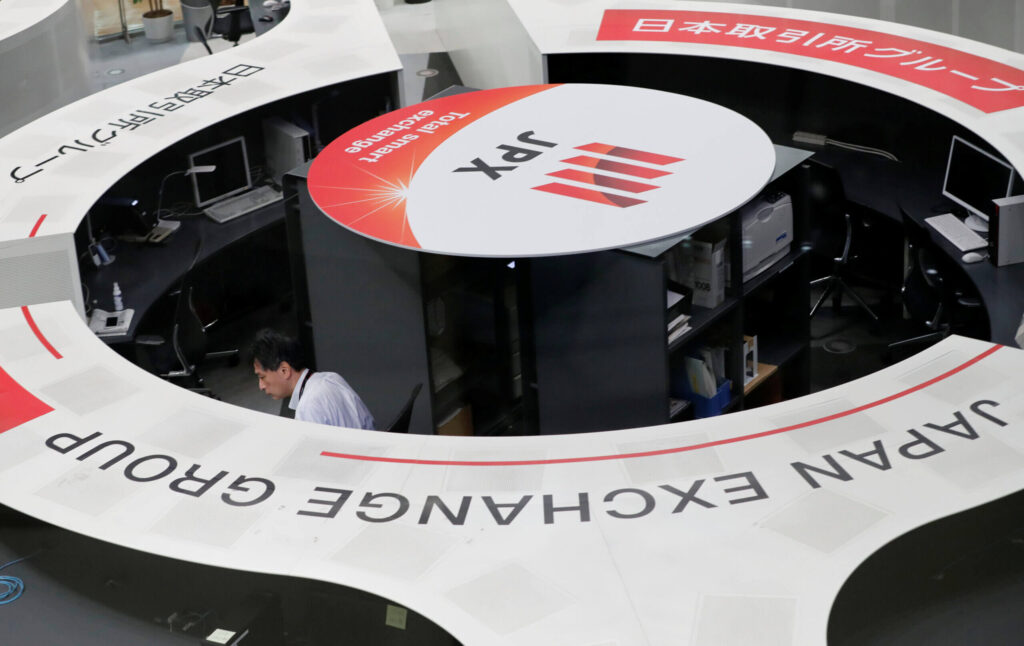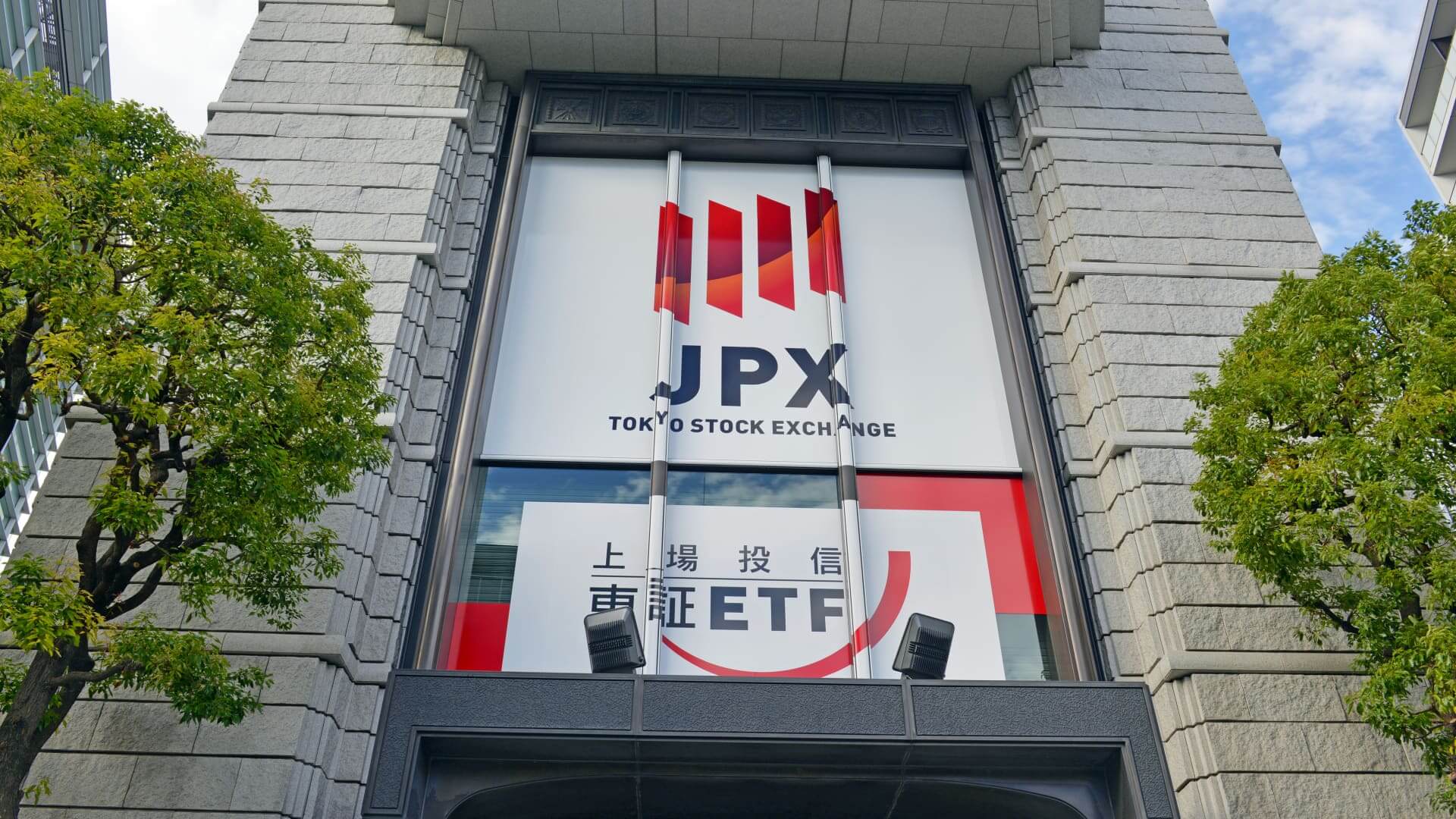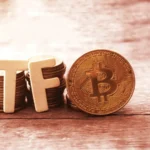In a surprising development, inflation in Tokyo dipped below 2%, marking the first time in over a year and a half. This steeper-than-forecast slowdown, particularly in consumer prices excluding fresh food, has added a layer of complexity to the Bank of Japan’s (BOJ) anticipated rate hike in the coming months. The Ministry of Internal Affairs reported that Tokyo’s consumer prices rose by 1.6% in January, a notable decrease from the 2.1% growth recorded in December. This weakening trend, observed for the third consecutive month, surpassed the consensus estimate of 1.9%.

Several factors contributed to this unexpected cooling, including deeper falls in energy costs and a slowdown in the price gains of accommodation and processed food. Tokyo’s figures are considered a leading indicator for the national trend, raising concerns that Japan’s overall price growth may weaken more than initially anticipated in the current month.
The BOJ, contemplating the optimal timing for discontinuing the world’s last negative interest rate, now faces a more intricate inflation landscape. While the capital’s one-month data may not derail the central bank’s path toward policy normalization, the abrupt slowdown may strengthen the argument for demanding more evidence of stable price growth before initiating the first rate hike since 2007 and any subsequent increases.
“I think Ueda has pretty much decided on ending the negative rate, and today’s figures don’t change my view that he will make that move in April,” said Toru Suehiro, Chief Economist at Daiwa Securities. However, Suehiro acknowledged the risk of an early decision, suggesting that the BOJ might maintain a cautious outlook and continue the easing environment even after ending the negative rate.
The yen experienced a brief weakening against the dollar immediately after the release, reflecting increased caution among investors regarding the timing of the central bank’s actions. However, these movements were largely corrected as the morning progressed. The yield on 10-year government debt briefly fell by 4 basis points, indicating a recalibration of market views.
The data unveiled a significant deepening of falls in energy prices and a slowing in gains in processed food, contributing to the largest overall drag on the price index. Lodging costs, influenced by changes to hotel subsidies a year ago, played a substantial role in the January figures.
Of particular concern for the BOJ was the softening of service price gains to 1.7% from 2.2% in December. This metric is closely monitored as an indicator of how inflation is permeating through the economy. Governor Kazuo Ueda, in his recent remarks, reinforced the case for a near-term end to the BOJ’s negative rate, citing the nationwide equivalent of this figure.
Ueda’s comments and the latest data suggest that the BOJ may not rush to raise rates again after the initial move until it observes more evidence of a positive price cycle emerging. The central bank is closely monitoring annual wage negotiations for signs of a sustainable wage-price cycle that supports inflation and growth.
While the prevailing view among economists is that the BOJ will raise the rate by April after the release of annual wage negotiation results, the data from the capital may influence a more measured approach in subsequent moves.
“The BOJ will hit the accelerator and the brakes at the same time, meaning it won’t be raising interest rates further after ending the negative rate,” explained Suehiro.









